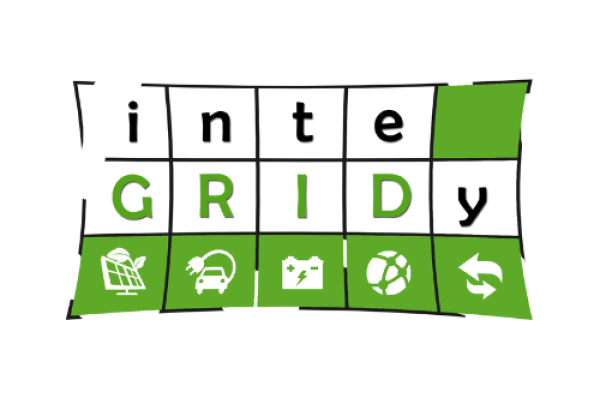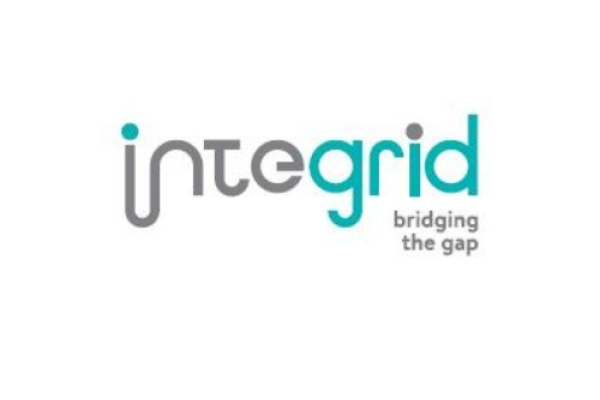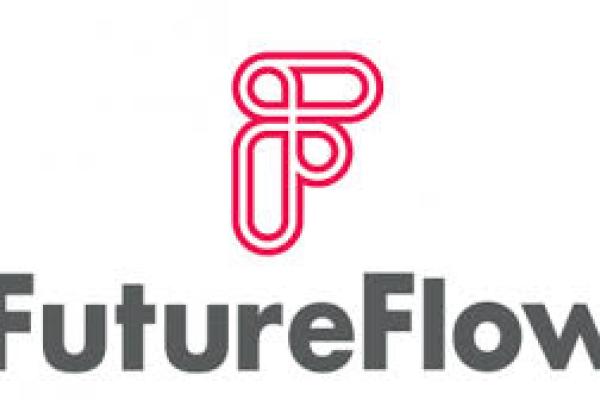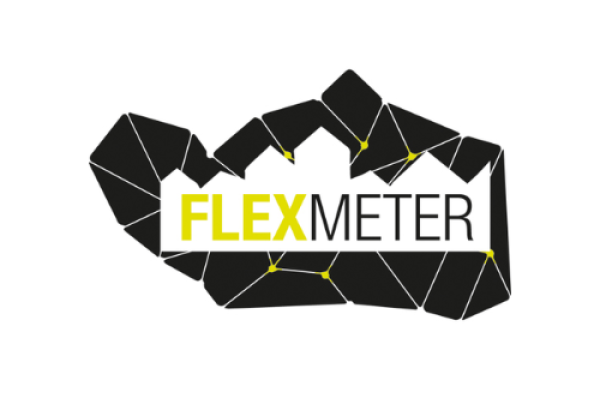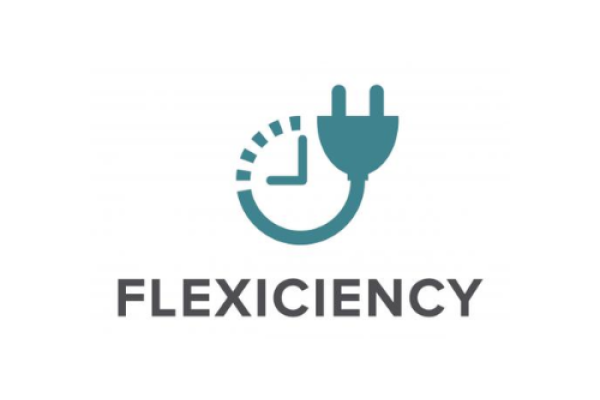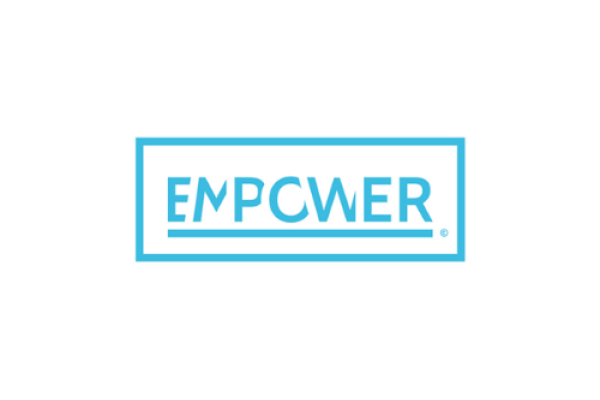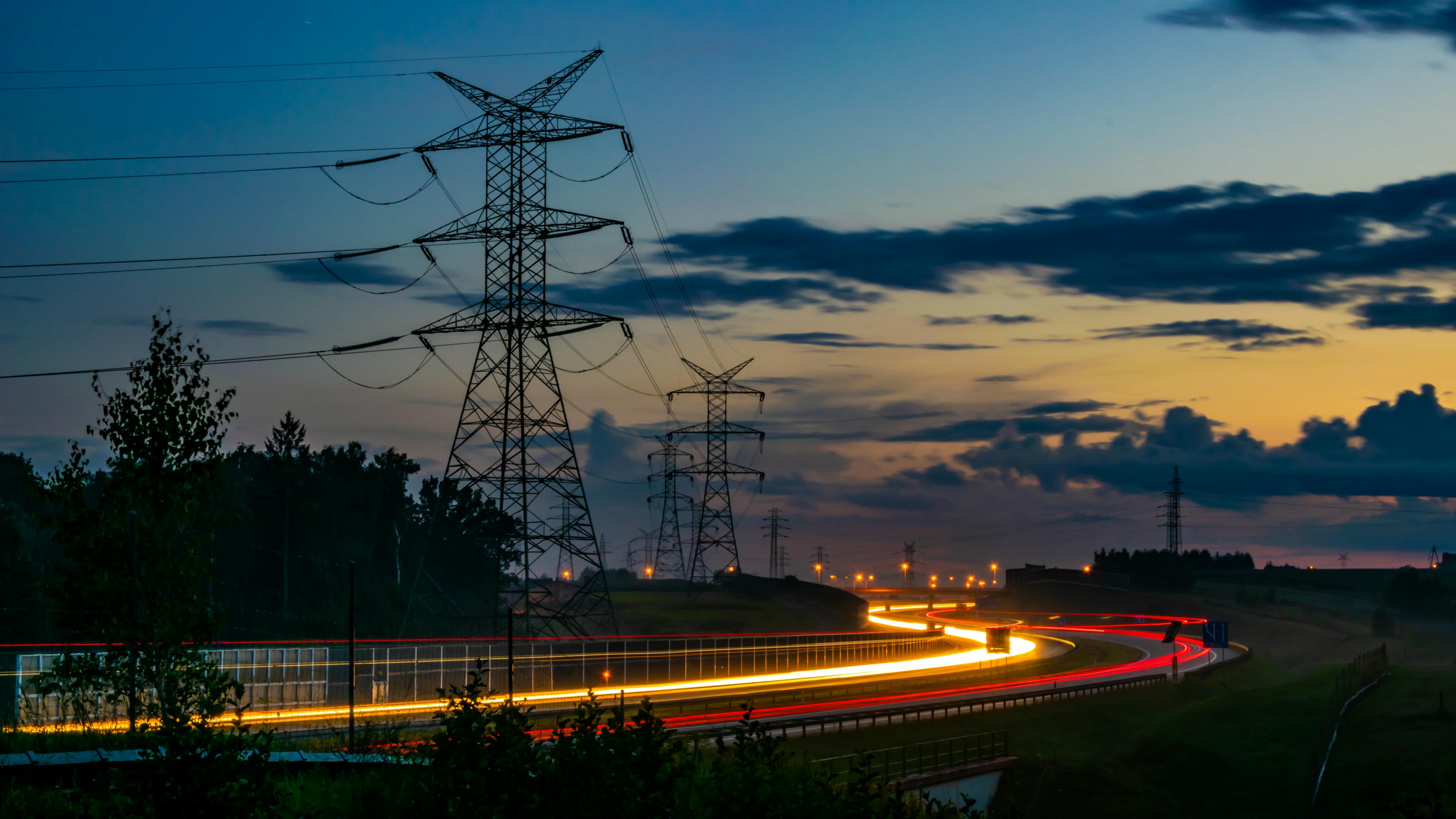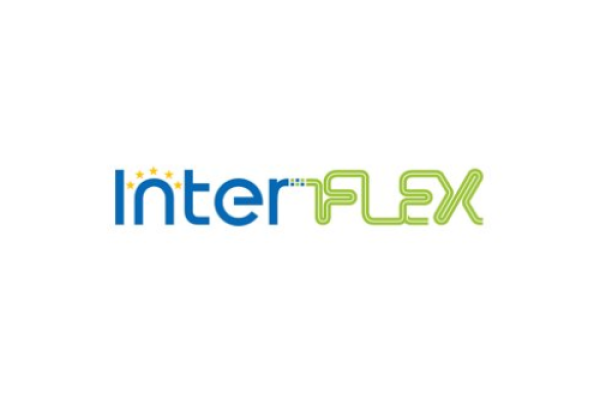
InterFlex
The project aims at improving on the performances of electricity networks since they have a central role to address the increasing complexity of the electricity system, while remaining the starting point for progressing towards an energy system approach because of its potential connections with heat, transport, gas, etc.

